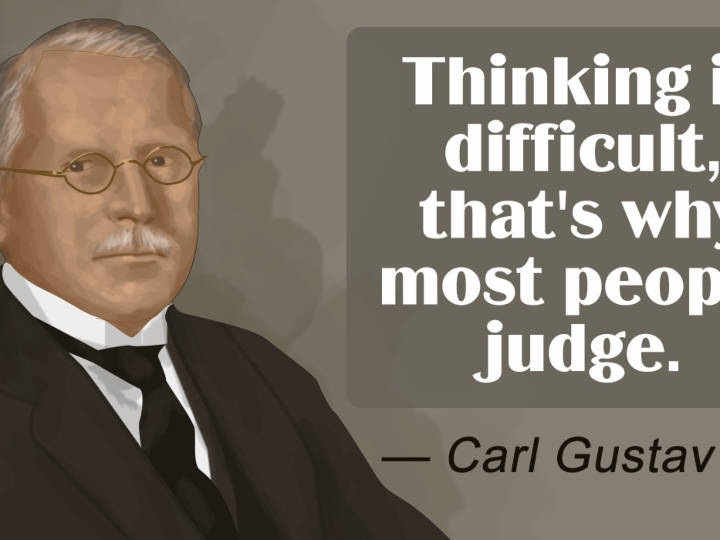The modern era of institutionalized provision for the care of the mentally ill, began in the early 19th century with a large state-led effort. In England, the Lunacy Act 1845 was an important landmark in the treatment of the mentally ill, as it explicitly changed the status of mentally illpeople to patients who required treatment. All asylums were required to have written regulations and to have a resident qualified physician.[108][full citation needed] In 1838, France enacted a law to regulate both the admissions into asylums and asylum services across the country. In the United States, the erection of state asylums began with the first law for the creation of one in New York, passed in 1842. The Utica State Hospital was opened approximately in 1850. Many state hospitals in the United States were built in the 1850s and 1860s on the Kirkbride Plan, an architectural style meant to have curative effect.[109][page needed]
https://en.wikipedia.org/wiki/Psychiatry
At the turn of the century, England and France combined had only a few hundred individuals in asylums.[110] By the late 1890s and early 1900s, this number had risen to the hundreds of thousands. However, the idea that mental illness could be ameliorated through institutionalization ran into difficulties.[111] Psychiatrists were pressured by an ever-increasing patient population,[111] and asylums again became almost indistinguishable from custodial institutions.[112]
In the early 1800s, psychiatry made advances in the diagnosis of mental illness by broadening the category of mental disease to include mood disorders, in addition to disease level delusion or irrationality.[113] The 20th century introduced a new psychiatry into the world, with different perspectives of looking at mental disorders. For Emil Kraepelin, the initial ideas behind biological psychiatry, stating that the different mental disorders are all biological in nature, evolved into a new concept of “nerves”, and psychiatry became a rough approximation of neurology and neuropsychiatry.[114] Following Sigmund Freud‘s pioneering work, ideas stemming from psychoanalytic theory also began to take root in psychiatry.[115] The psychoanalytic theory became popular among psychiatrists because it allowed the patients to be treated in private practices instead of warehoused in asylums.[115]
2019-04-04

